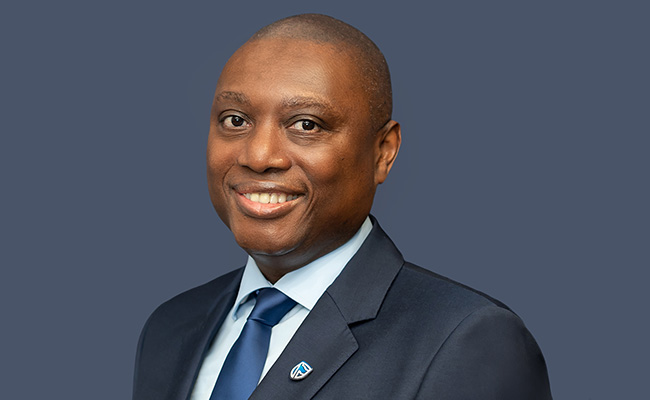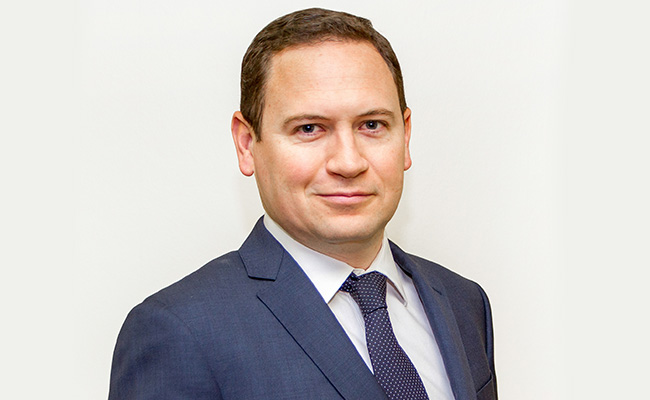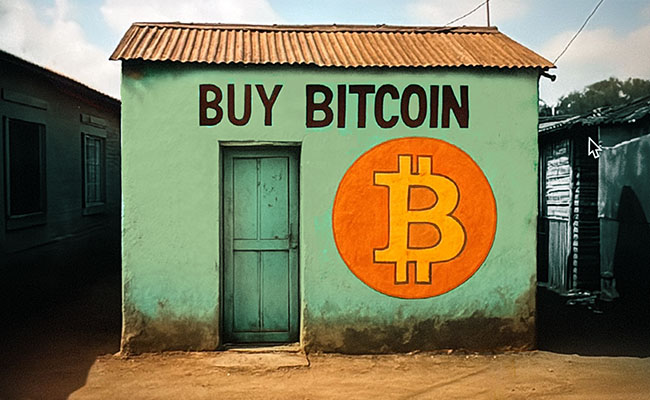Standard Bank has given the market plenty of notice that CEO Sim Tshabalala and CFO Arno Daehnke will indeed retire when they hit 60, in two years’ time. The confirmation came on the back of the bank’s interim numbers, in which headline earnings to the end of June were 10% higher at R14.58, with a return on equity (ROE) of 19.1% – at the upper end of the bank’s target. Standard’s the second best performer among South Africa’s banks this year; its shares have rallied 12%, topped only by Capitec, which has surged 17%. Currency spoke to Tshabalala.
Why are you and the CFO leaving at the same time – should this not have been staggered?
It’s for the board to answer but Arno leaves in September and I leave in December – and remember all the board is doing by making this announcement, is making clear that our retirement is not going to be (age) 63. But the board is a wise one and they know what they’re doing.
Can you say whether your successor will come from within the team?
I can’t say because the board hasn’t made up its mind yet, but the bench is deep. Here’s a fact that I love telling people: Standard Bank’s first chief executive was a gentleman by the name of Robert Stewart – from 1865 to 1876 – and he’s the first and only chief executive to have come from outside the bank. So there’s no reason to break with that tradition …
What are you looking to do in your last two years with the bank?
The first thing I want to make certain of is that at the end of this year we meet all the targets we announced in August 2021. Remember, that was revenue growth of 7%-9% (the average so far has been 10%); ROE of between 17% and 20% – at the start of the period it was 15% – and between 2026 and 2028 I want to deliver between 8% and 12% HEPS [headline earnings per share] growth, and do that in a way that is consistent with the tradition in Standard Bank. Defend ourselves in South Africa, keep growing the business in Africa, deploy the capital of the group judiciously, not make big mistakes, etc.
I assume then it wouldn’t entail any acquisitions – mega or otherwise?
Let me make two or three points: in our presentation we show the capital stack of the group: common equity tier 1 is about R249bn – and of that R180bn is for risk-weighted assets. In other words, it’s for credit and market risk and we use that for growth – organic growth. Then R56bn is a buffer to make sure we’re covered for economic uncertainty and if the world goes topsy turvy. And third, R13bn to make up the R249bn is for expansion, dividends and buybacks. It’s a lot of money. If we see opportunities we will use that for making acquisitions – if the acquisition is correctly priced, the risk is acceptable and the culture is acceptable. If not, we’ll distribute that.
Where are the best growth regions in Africa right now and are you represented there?
The fastest-growing region from a GDP point of view is East Africa – Kenya, Tanzania and Uganda, and you can add Rwanda and the Democratic Republic of Congo. And also banking penetration and financial services penetration is increasing quite fast, so from that perspective it’s quite attractive. Remember West Africa was a smash-up in 2024, but this half-year it’s up 10%; they made R3.5bn and ROE of 39%. East Africa made R2.7bn and 22% ROE, which was up 21%. And then South and Central Africa did R3.9bn with ROE of 24.4%. So that’s the beauty of a portfolio – when the oil producers do well, usually the oil importers are struggling and vice versa, and that’s what you see here.
What about Egypt? You’ve been looking for a presence there, have you got a toehold now?
Yes we do. We got regulatory approval a couple of weeks ago and we’re going to doing a celebratory launch in the next couple of weeks, but it’s now official – we have a flag there. It’s a representative office; we used to serve clients via our Dubai office, and London, but the volume of business is such that we now need people on the ground. Egypt is also on the doorstep of the Gulf co-operation states: they are deploying quite a lot of their resources into Egypt and using it as a springboard into East Africa and Africa generally. The list of activity from the Gulf is just getting longer and longer.
And are you getting that business? Because they could always rely on their home banks …
Yes. DP World is a big client of Standard Bank and we’re working with them on a couple of ports, for example.
Lastly, what do you make of the supposed tension between National Treasury and the South African Reserve Bank (SARB) over the inflation target? Does it matter? Because you say in your results that it ‘clouds the outlook’ beyond this year on interest rates …
Let me make a few points. One, the legal position is clear: the constitutional authority to set the target is that of the fiscal authorities. The authority to set the instrument to use to get to the target is that of the monetary policy authorities and there’s no ambiguity about that. And a reasonable expectation is that they talk to one another as they shift the target around.
The target of 4.5%, in my understanding, was that nobody ever made an announcement but we were nudged into the direction of the midpoint of the range (inflation of between 3% and 6%), and everybody now plans around 4.5%. The SARB at the monetary policy committee said they’re targeting 3% but that’s inside the target range; the fiscal authorities said it’s not appropriate because we haven’t finished the conversation yet. But the data tells you that, in the next five years, that target was going to be shifted in any event. By making the announcement they’re accelerating the process.
Where the cloudiness comes is if wage negotiations, for example, are on the assumption of 4.5% and all of a sudden it’s 3% – when does that change happen? Another example would be: when we did our modelling you would assume then that interest rates are probably going to decline early next year. If it’s 3% you’ve got to assume that the authorities will be hawkish and they’ll probably keep interest rates flat or increase them, to keep expectations at 3%.
Top image: Standard Bank CEO Sim Tshabalala. Picture: supplied.
Sign up to Currency’s weekly newsletters to receive your own bulletin of weekday news and weekend treats. Register here.















Thank you for a good interview and great tribute to one of our best CEO ‘s